-
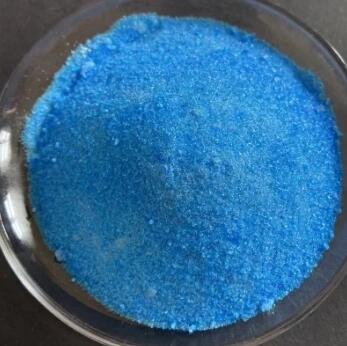
Ethidium bromide CAS:1239-45-8 Manufacturer Price
Ethidium bromide is a fluorescent dye commonly used as a nucleic acid stain in molecular biology research. It intercalates between the base pairs of DNA and RNA, allowing visualization of the nucleic acids under ultraviolet light. Ethidium bromide is frequently used in techniques such as gel electrophoresis to visualize and analyze DNA and RNA samples.
-

FMP Grade CAS:5486-84-0 Manufacturer Price
FAST BLUE BB SALT is a diazonium salt dye often used in biological and histological staining procedures to visualize proteins, particularly in polyacrylamide gels. It is commonly utilized in techniques such as Coomassie staining to detect and quantify proteins in electrophoresis experiments. FAST BLUE BB SALT is known for its rapid and sensitive protein detection capabilities, making it a valuable tool in biochemical research and laboratory analyses.
-

Acriflavine,neutral CAS:8048-52-0 Manufacturer Price
Acriflavine is a fluorescent dye that is commonly used in biological and medical applications to stain and visualize nucleic acids, particularly DNA and RNA. It is also used in microbiology and hematology for distinguishing between living and dead cells.
-
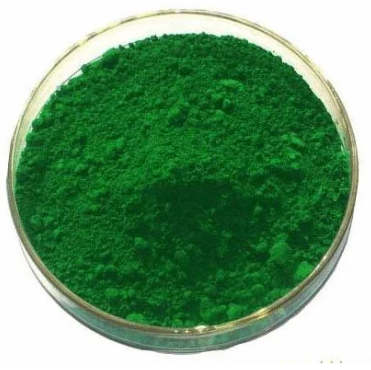
FUCHSIN BASIC CAS:632-99-5 Manufacturer Price
Basic fuchsin, also known as fuchsine or magenta, is a red-colored dye belonging to the family of synthetic basic dyes. It is commonly used as a histological stain for biological samples, especially in the staining of bacteria and other microorganisms. Basic fuchsin is also utilized in other applications such as dyeing textiles, coloring cosmetics, and as a biological stain in microscopy and cytology. Its intense color and affinity for cellular components make it a versatile tool in various scientific and industrial processes.
-
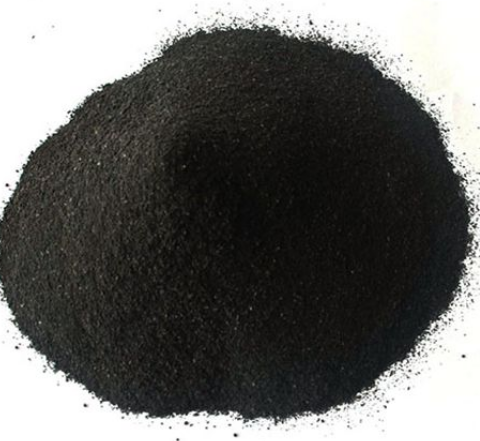
Amido Black 10B CAS:1064-48-8 Manufacturer Price
Acriflavine is a fluorescent dye that is commonly used in biological and medical applications to stain and visualize nucleic acids, particularly DNA and RNA. It is also used in microbiology and hematology for distinguishing between living and dead cells.
-

Hematoxylin CAS:517-28-2 Manufacturer Price
Hematoxylin is a natural dye extracted from the logwood tree, commonly used in histology and pathology for staining cell nuclei blue. It is often used in combination with eosin to provide contrast in tissue samples and is a widely used staining technique in medical and biological laboratories.
-
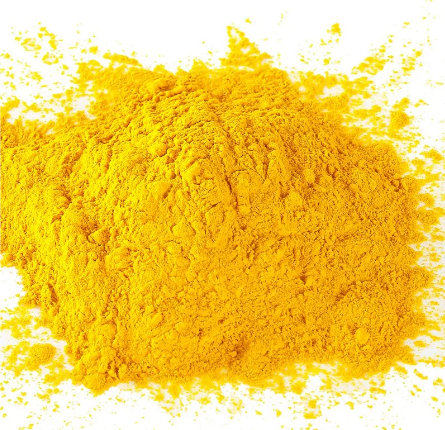
Bisbenzimide H33342 CAS:23491-52-3 Manufacturer Price
Bisbenzimide H33342 is a fluorescent dye commonly used in molecular biology and cell biology research. It is known for its ability to bind to DNA and is often used for visualizing and staining DNA in microscopy and flow cytometry applications. Additionally, it is employed for DNA quantification and cell cycle analysis. Bisbenzimide H33342 is popularly used as a counterstain in fluorescence microscopy to visualize cell nuclei in a variety of biological samples.
-
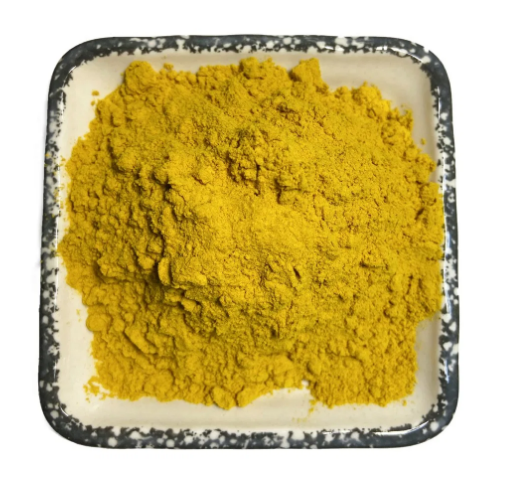
Hoechst 33258 CAS:23491-45-4 Manufacturer Price
Hoechst 33258 is a fluorescent dye commonly used in biological research for staining DNA. It binds specifically to AT-rich regions of DNA and emits blue fluorescence when excited by ultraviolet light. This property makes Hoechst 33258 useful for visualizing and studying DNA in cells and tissues using fluorescence microscopy and flow cytometry.
-
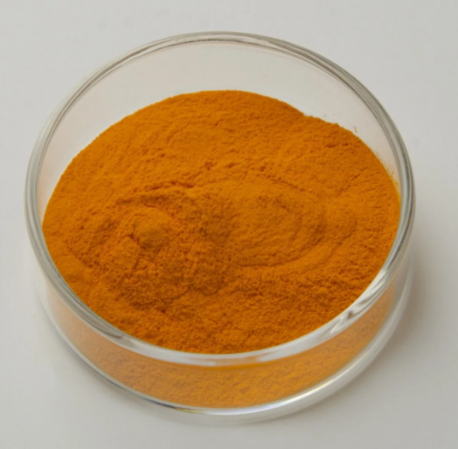
Bromocresol green, free acid CAS:76-60-8 Manufacturer Price
Bromocresol green (BCG) is a pH indicator dye commonly used in microbiology and biochemistry. It changes color from yellow to blue over a pH range of3.8 to 5.4, making it useful for visually determining the acidity or alkalinity of solutions. BCG is also utilized in various laboratory assays to measure serum albumin levels and in agarose gel electrophoresis to monitor DNA and RNA migration. Additionally, it is employed in clinical diagnostics for testing urine and blood samples.
-
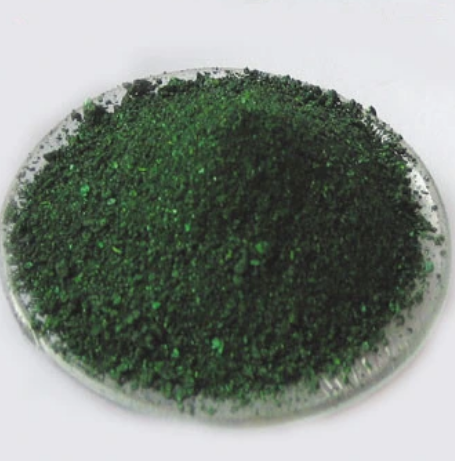
Janus Green B CAS:2869-83-2 Manufacturer Price
Janus Green B is a biological stain that is commonly used to visualize and study mitochondria, the energy-producing organelles within cells. It is widely utilized in biological and medical research to help researchers understand the structure and function of mitochondria, as well as their role in cellular health and disease.
-

1-β-D-Arabinofuranosyluracil CAS:3083-77-0
1-β-D-Arabinofuranosyluracil is a nucleoside analog with antiviral activity. It acts by inhibiting the replication of herpes simplex virus and varicella-zoster virus. This compound, also known as vidarabine, is used to treat certain viral infections, particularly those affecting the skin and eyes. It may be administered as a topical ointment or as an injectable medication.
-
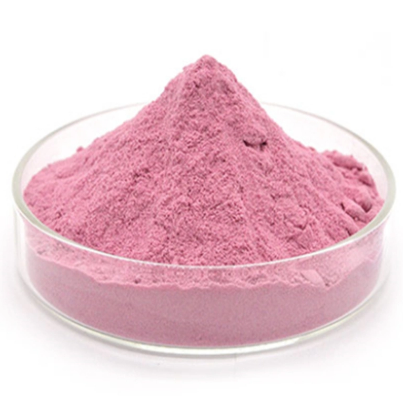
Bromophenol blue CAS:115-39-9 Manufacturer Price
Bromophenol blue is a pH indicator, commonly used in laboratories to measure the pH of solutions. In its acidic form, it appears yellow, and in its basic form, it turns blue. This color change makes it useful for monitoring the pH changes in various chemical reactions and biochemical assays. Additionally, it is utilized in DNA agarose gel electrophoresis to track the movement of DNA fragments during the separation process.

